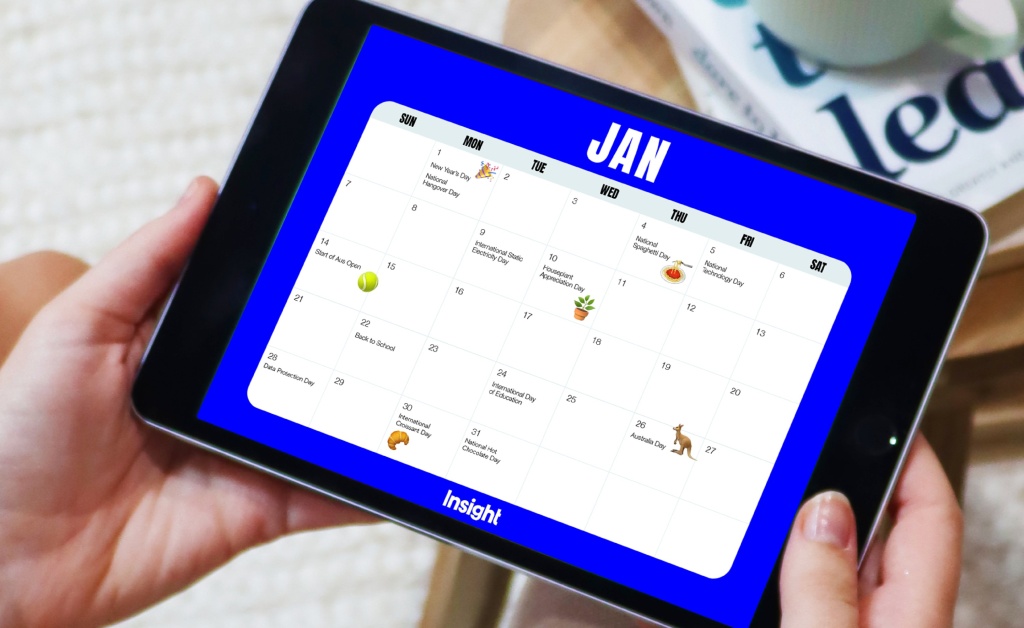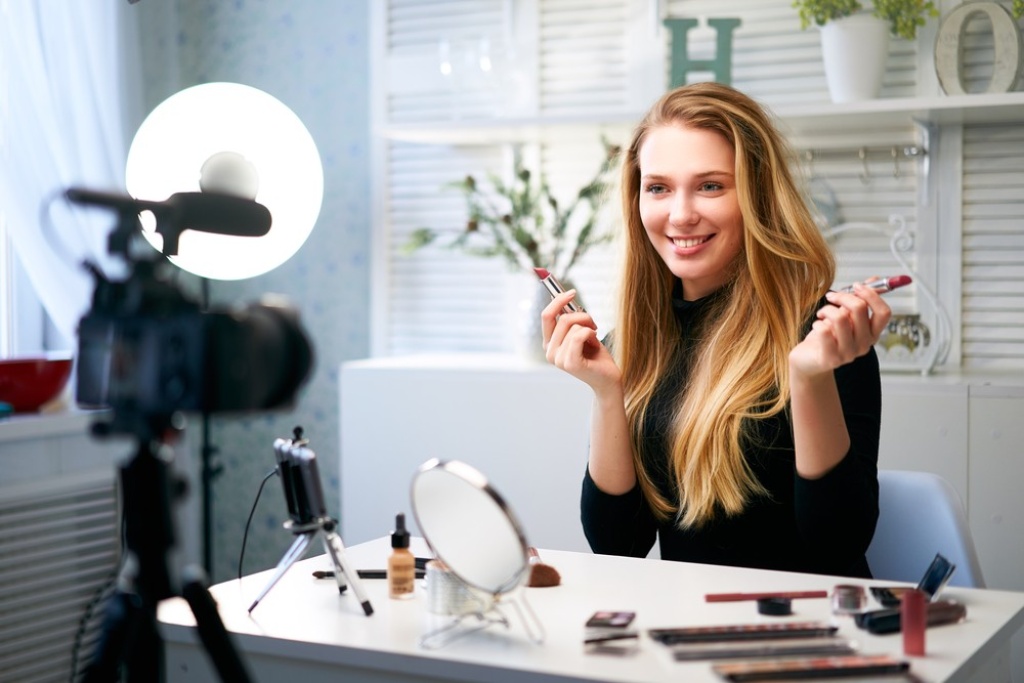
In the ever-changing landscape of social media, leveraging Influencers continues to be a solid strategy.
For many marketers it’s an essential tool for reaching new audiences, elevating brand awareness, and increasing sales.
The influencer market grew to be worth over $13.8 billion USD in 2021 and it’s growing fast.
More than 75% of brand marketers intend to dedicate a budget to influencer marketing in 2022
While stats like these are attention-getting, not every marketer has the luxury of throwing large amounts of money at global celebrities. And while the obvious measure of a good influencer is follower count, sheer star-power is a clumsy, blunt-edge tool for building a campaign. A more elegant, strategic solution is to identify influencers who are relevant to your brand’s specific marketing objectives. They may not have a massive base but the followers they DO have, trust them. So when they post messages about your brand, their audience listens. This helps you get a lot of bang for your budget, plus offers a host of other benefits.
Some definitions
Put simply, influencers are people who have an engaged following on social media. With instant access to their audience, they can reach them and influence their behaviour quickly and easily. Some influencers have vast numbers of followers. Swedish comedian PEWDIEPIE has over 111 million subscribers on YouTube. From rap stars to backyard gardeners, influencers are effectively their own ‘channel’ with viewers constantly tuned in, wherever they go.
Some influencers rise to fame ‘offline’, these include celebrities, professional athletes, public figures, and musicians. Others have become experts within their particular fields – which could be anything from property investment to Hello Kitty nail polish, quantum mechanics to LOL dolls. Regardless of their niche or how they rose to fame, their real power is that they can reach people on a personal level – right down to individuals if they want. This is something unique to social media, something no other channel in history has ever been able to achieve.
Drilling down
There are varying definitions of mega, macro, micro and even nano-influencers. The numbers are relative to topics and industries, but when we say micro-influencers, we’re talking about people with fewer than 100,000 followers. Depending on what you’re trying to achieve, even fewer will work, because it’s not always about reach, it’s about persuasion. As we said, micro-influencers often have a very powerful influence over their smaller number of followers. In our experience they also have stronger relationships and are trusted for their expertise rather than celebrity status or looks.
Why micro is mighty
Here are a few things we like about taking a targeted, micro approach to influencers:
More bang for buck – with fewer followers micro-influencers are straight-up more affordable.
Specialised – many of our clients sell quite specialised products. In going broad you could be talking to a lot of people who aren’t likely to respond. A targeted approach makes a lot more sense. With micro-influencers you can get incredibly granular and choose appropriate influencers for almost any niche.
Spread the love – because you’re paying less, you can select multiple influencers to spread risk or achieve different goals such as reaching more diverse groups.
Loyalty – while big celebs will be getting offers from multiple brands, smaller influencers are more likely to be flattered and therefore give your brand extra attention.
Longer lasting, more meaningful – as micro-influencers are more likely to be loyal to you, you can develop a relationship with them over time. They may be able to offer audience insights or help you with ideas and content.
Authenticity – According to a recent Stackla report, 86 percent of consumers say authenticity is important when deciding what brands they like and support. Micro-influencers are often passionate and will reach out to brands they genuinely love. When they actually enjoy sharing products with their audience, it shows in authentic interactions.
More engaged – micro-influencers’ followers are more likely to trust them. They’re not celebs so people find it easier to relate to them, meaning they’re more likely to comment and engage (and click buy now!). This is the gold when it comes micro-influencers – and where we can help your brand get really good value for money.
So if you want to build your brand, raise awareness, increase traffic to your site, generate leads or sell a whole lot of product, building a micro-influencer campaign could be a smart choice. In our opinion, it should be an active tactic in almost everyone’s social media marketing – to increase brand awareness, get your content in front of fresh eyeballs, and generate new leads for your sales funnel.
How to get started
It’s essential that you clearly define your business goals to understand which ROI metrics are the most important to you. Even then, running an influencer campaign can be a trial-and-error process so you need a team who are experienced and who can react quickly to keep things on track.
At Insight we’ve been engaging with micro-influencers with great success for over 5 years. For ACCO brands we use micro-influencers who follow the relevant accounts and are engaged in the brand.
For Spirax, Artline, ColourHide, STABILO and Derwent we focus on awareness and reach. To achieve this we often send micro-influencers free products and ask them to create posts that suit the aesthetic of their feed. Once posted we share to stories and potentially use the asset for future content. We also use micro-influencers to facilitate giveaways which helps page growth and again puts the brand in front of a new audience via a trusted voice.
Using micro-influencers allows us to reach very specific niches. For example, when Spirax launched their Disney Princess Range, we approached Disney enthusiasts to reach beyond the stationery/study/journaling audience.
Insight has also engaged influencers for Stilla. The audience for their sheds is wider and more varied than you might expect, so we’ve considered everyone from ‘mummy’ influencers and garden enthusiasts to artists, sports people and renovators. Being a high-value product, contra arrangements have worked well with influencers receiving free sheds in return for posts and content.
To learn more about what we could do for your brand, get in touch with Insight. We’ll help you navigate the world of influencers so you too can enjoy the benefits of a more targeted micro-influencer approach.

Plan like a boss and tie content to key events like you’re living your best year yet, with our 2024 Social Media Calendar. If getting your social media plan into shape and creating stand-out content are on the top (or bottom) of your 2024 must-do’s, we’ve got you covered!

Content creators are forging more relevant connections with consumers than many other sources.The ever-changing world of digital marketing is no longer about mass reach. Relatable connections are a must, and the next big shift is afoot. Is creator marketing the next big thing for brands? You bet!

Getting paid to travel the world and receive free stuff whilst ’influencing’ the masses is attracted to almost anyone – so it’s no surprise there are plenty of wannabe influencers out there. How much influencing do influencers really do though – and will they even benefit your business? Keep reading for our guide to utilising Influencers, including the risks and opportunities.